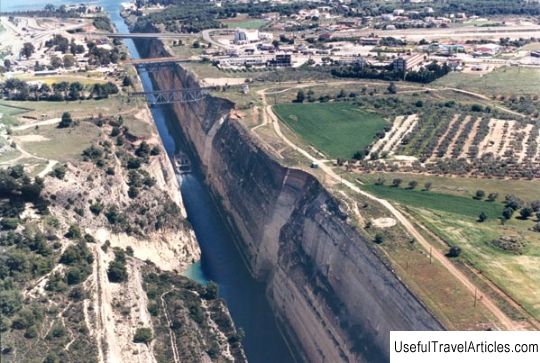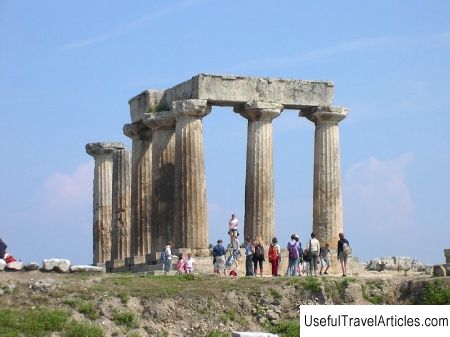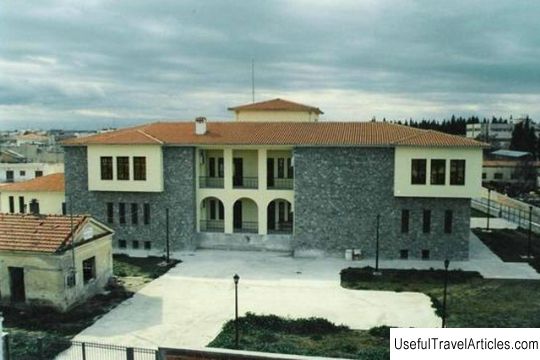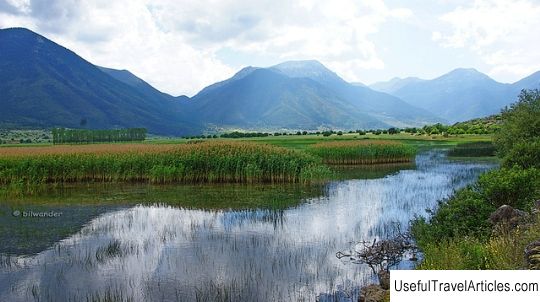Corinth Canal description and photos - Greece: Corinth
Rating: 7,9/10 (958 votes) 
Corinth Canal description and photos - Greece: Corinth. Detailed information about the attraction. Description, photographs and a map showing the nearest significant objects. The title in English is Corinth Canal. Photo and descriptionThe famous Corinth Canal in Greece connects the Saronic (Aegean) and Corinth (Ionian) gulfs. The canal was dug through the narrow Isthmus of Corinth, thus separating the Peloponnese peninsula from mainland Greece. The idea of building a similar canal here was discussed in ancient times. The first written records of a possible construction date back to the reign of the Corinthian tyrant Periander (7th century BC). Then, for various reasons, the project was abandoned and a simpler and cheaper overland portage was built (its remains can be seen near the canal today). A new round of possible construction began in 307 BC. The initiator was Demetrius Poliorket, but the engineers he invited to carry out the work convinced him of the inevitability of catastrophic consequences, since the water levels in the Saronic and Corinthian gulfs were not the same. The first solid attempt to build a canal was made by Emperor Nero in the 1st century AD. Construction began in AD 67, but after the death of Nero, the costly project was abandoned. Later, some attempts were also made by Herod Atticus, the Byzantines and the Venetians, who, however, were not crowned with success. The idea of building a canal was revived after the Greek Revolution. This issue was supervised by the Greek statesman Ioannis Kapodistrias. But after calculating the estimate documentation, it became clear that this was too expensive a project for the young state and it was temporarily abandoned. After the opening of the Suez Canal in 1869, the Greek government passed a law authorizing the construction of the canal. In May 1882, after lengthy preparatory work, construction finally began. After many obstacles, including financial ones, the Corinth Canal was put into operation 11 years later in 1893. The Corinth Canal is 6.4 km long, 8 m deep, and 21.3 m wide at the base and about 25 meters above sea level. The sides of the canal are connected by a railway bridge and three automobile ones. Today, due to the insufficient width of the channel and, as a result, the impossibility of passage through it large modern oceanic ships, it has lost its important economic importance. Today, the Corinth Canal is mainly used by various tourist boats.        We also recommend reading Library and Pinacoteca Zelantea (Biblioteca e Pinacoteca Zelantea) description and photos - Italy: Acireale (Sicily) Topic: Corinth Canal description and photos - Greece: Corinth. |




